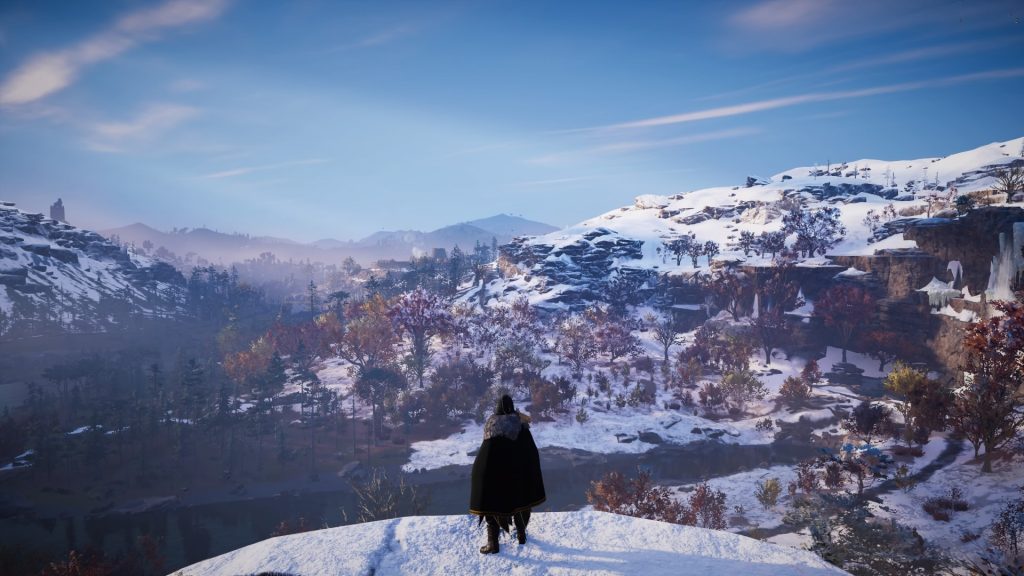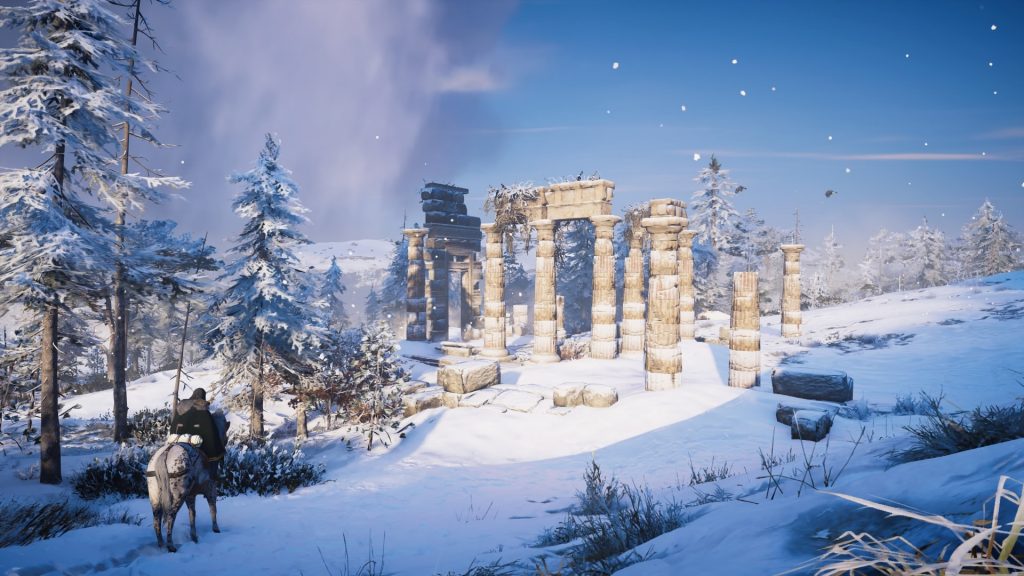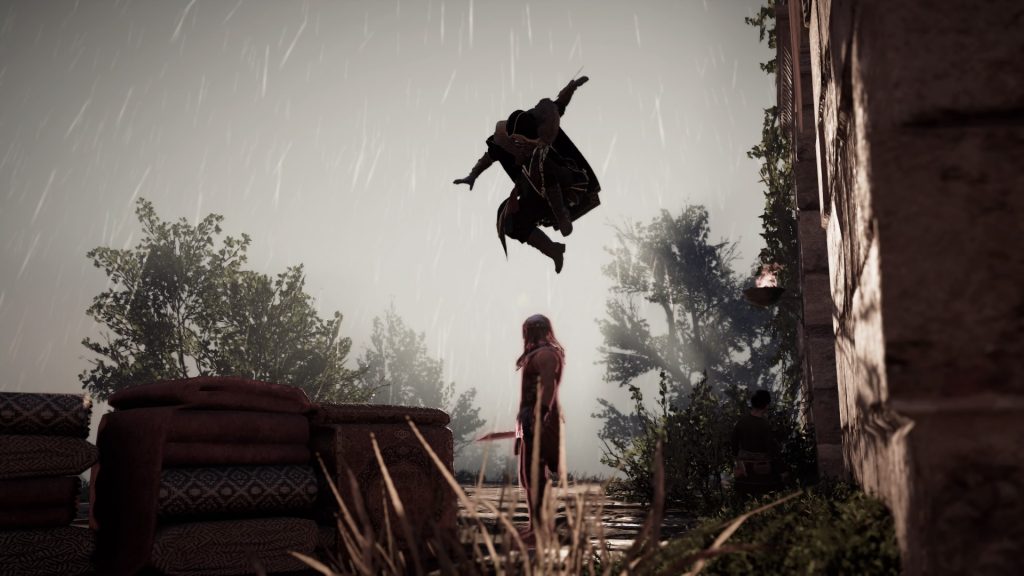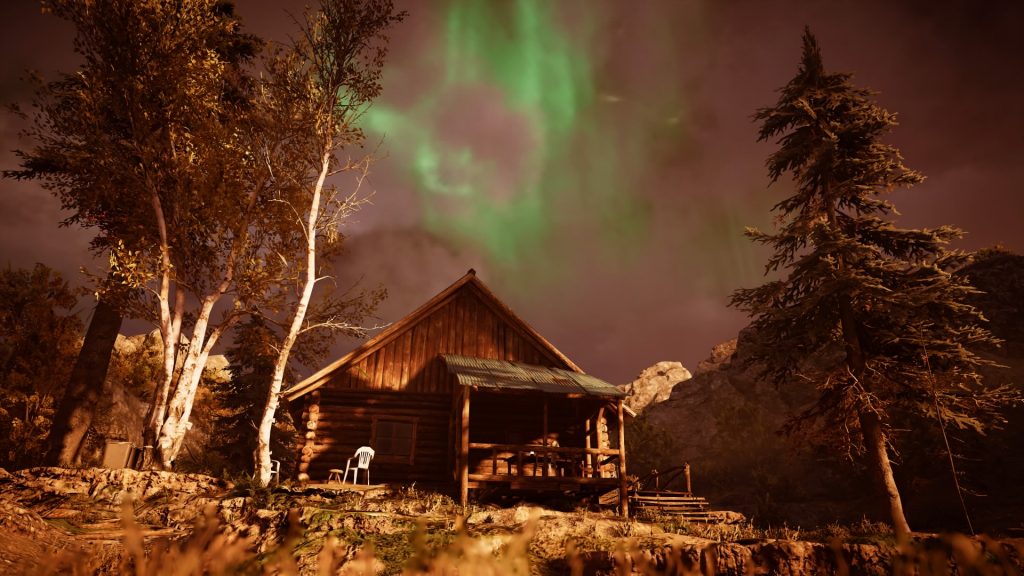Disclaimer: This review will try to remain as spoiler free as possible.
Assassin’s Creed Valhalla is the next open-world action RPG from Ubisoft’s historical franchise, this time with players experiencing the Viking invasion of England in the 9th Century.
A game seeking to address criticisms raised against its predecessor (Assassin’s Creed Odyssey) Valhalla faced monumental challenges, and in many instances, has overcome the obstacles placed before it. Here are some of its major wins.
As we have come to expect from Assassin’s Creed, the open world here is undoubtably impressive. England is beautifully imagined, with its four kingdoms being diverse landmasses ripe for exploration. England shows its past as Roman ruins dot the landscape which hide further secrets if one wishes to explore further. Players can adventure beyond England’s shores too, with Norway (and other locations I won’t spoil) being open to players at certain moments. You truly feel like a well explored traveler and with future DLCs promising us Ireland and Francia, I have no doubt this will continue.
We play as Eivor, a Norse who is taken in by the Raven Clan after the murder of her parents. Eivor and her brother Sigurd leave Norway with many from their clan as they seek to make a new life in England. Since we arrive with nothing, Eivor and her crew raid monasteries to gather supplies which are then taken back to our settlement – Ravensthorpe. The settlement is a core pillar of this game and it is not just a cosmetic base of operations. By investing time and resources into it, Eivor gains access to more characters, quests and traders. It works well in terms of gameplay and narrative, as you will consistently return here to use the Alliance Map to progress through the main campaign.
The Alliance Map serves as the means through which we progress through the story, as our clan needs alliances and friends. Eivor pledges themselves to a region and undergoes the arc associated with it. Some arcs are better than others (Lunden and Jorvik being personal favourites), but each saga feels well done as they introduce a cast of characters that are, for the most part, memorable. Each arc takes around 2-3 hours to complete, so you always feel like you are progressing the story and your character. 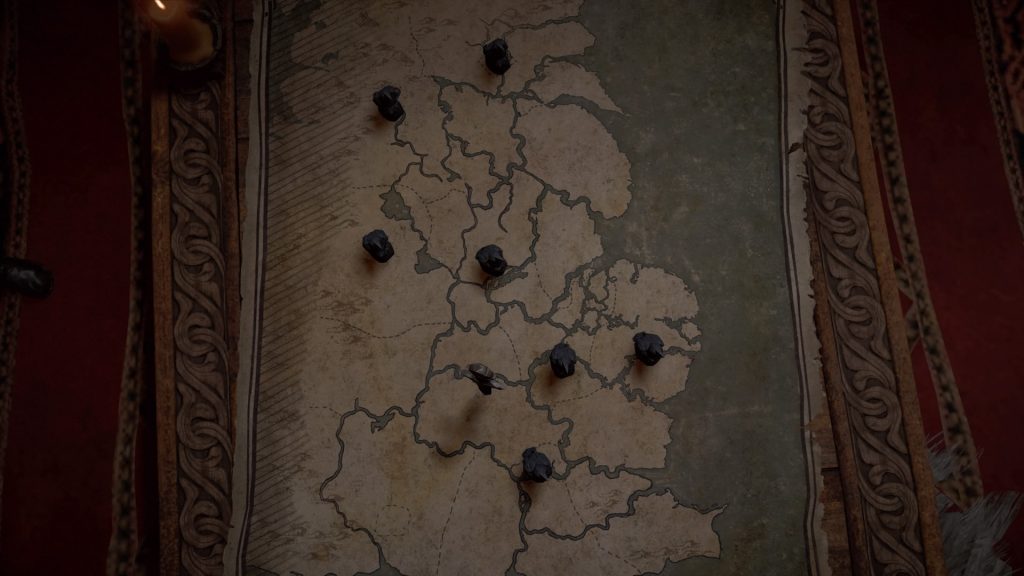
A partially completed Alliance MapValhalla also innovates in its response to Odyssey’s grind and repetition. No longer is your quest-log filled with numerous (and mostly tedious) side quests. Side quests have been replaced with shorter and optional world encounters, similar to Stranger Missions found in Red Dead Redemption 2. These encounters usually taking no more than 5 minutes with some interesting side stories to be had. From playing hide and seek with some Saxon children, to burning a house down in a mock-raid or helping someone come to terms with the absence of their father, these encounters always offer something different.
In addition, Valhalla does away with the previous levelling system. Now players are consistently rewarded with skill points that they allocate into an expansive skill tree and the more points you invest, the higher your ‘Power’ level becomes. Having a higher Power level means you can pretty much stomp through anyone in your way, but it is flexible. It is entirely possible to go up against higher Power level enemies than yourself and whilst you will be in for a fight, it is hard, but doable.
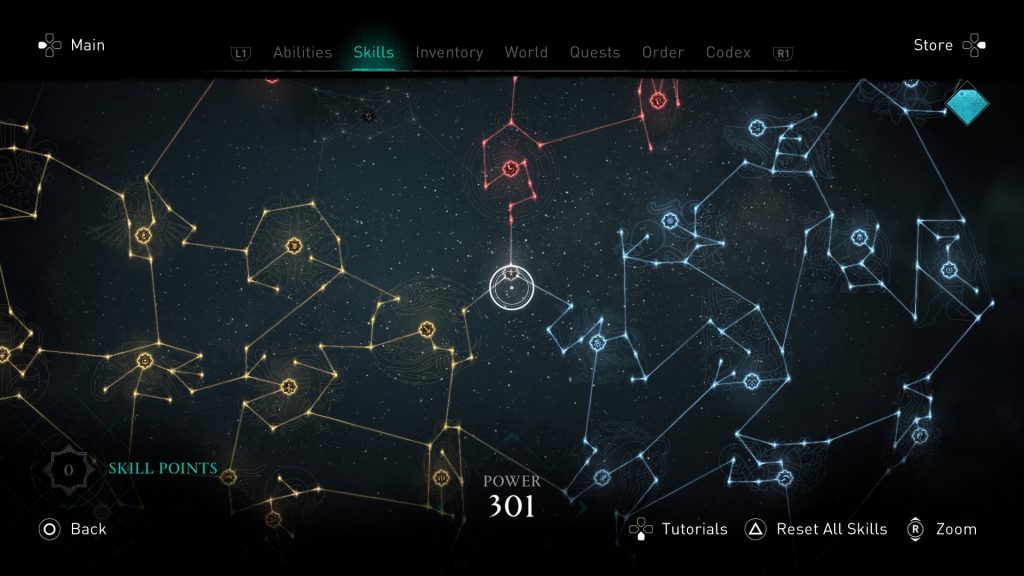
The skill tree allows for some level of customization over your play style – Stealth, Ranged or Melee
Odyssey was a game that many felt strayed too far from the franchise’s identity. Valhalla corrects this by bringing back the Assassin’s to Assassin’s Creed. We still do not play as a member of the Brotherhood, but Eivor’s goals and the goals of the Assassin’s are aligned, meaning we do the ‘Assassin Thing’ naturally. Old school assassination missions return, as do confession corridors. A clear focus has been made to allow for more parkour opportunities (despite the engine clearly not being designed for it.) It goes a long way to bring back some of things old school players miss from the original games.
Oh, and the Hidden Blade returns in all its glory!
Perhaps the most surprising addition is the effort put into advancing the modern-day story which has stood stagnant for 8 years. Narrative Director Darby McDevitt stated his desire to do more with the modern day and he took this opportunity with both hands. It manages to weave together years of lore and scattered pieces of information in a way that feels truly inspiring and sets up future titles for some truly epic moments. I can’t say more than this due to spoilers, but the modern day has a weight to it that feels like a true return to form in some moments.
Valhalla does much to address the criticisms of Odyssey and I believe that the story told here is one of the best we’ve had for several years. Eivor is certainly no Ezio Auditore, but she stands as a solid protagonist who is easy to like and root for. With its attention to traditional AC elements, it feels like the franchise has re-discovered what made it so compelling to begin with and I hope we see this expanded in future titles. Valhalla is an evolution on a formula that is already beginning to wear thin however, and it is not without its problems as I shall talk about in part 2.
All images were taken by me on a PS4.

